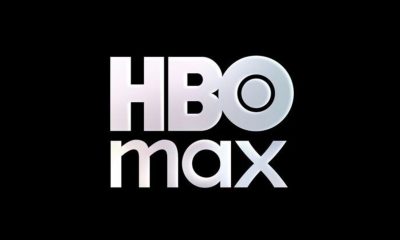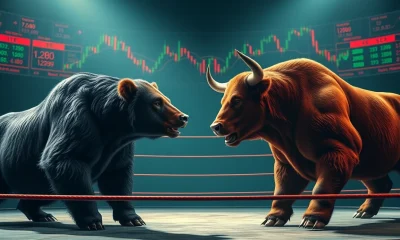

Technology
AI bubble isnt near a peak. Its only at ‘base camp’: Jen – Crypto News
(The opinions expressed here are those of the author, the CEO and co-CIO of Eurizon SLJ asset management.)
LONDON, Oct 22 (Reuters) – Is the buoyant U.S. equity market near the peak scaled in the lead-up to the dotcom bubble? Rising market angst might suggest “yes”, but comparing current pricing with the late 1990s indicates that – far from reaching a summit – U.S. equities may only be at “base camp”.
Since 2011, U.S. stocks have rallied hard, with the aggregate market rising sevenfold in nominal terms and fivefold in real terms. Moreover, the tech sector has risen 16 times in nominal terms and 11 times in real terms. This has led many investors to fret about a repeat of the dotcom bubble burst in 2000.
However, even though the aggregate U.S. equity market is certainly not cheap today, tech stocks – which now account for 38% of the S&P 500 – actually do not look that expensive compared to the late 1990s, suggesting this rally could potentially still have a long way to go.
The “Magnificent 7” U.S. technology companies – Microsoft , Amazon, Apple, Alphabet, Meta, Tesla, and Nvidia – have been on a tear since the end of 2022, rallying by around 300%. Consequently, the unweighted average price-to-earnings ratio of the Mag-7 is currently around 70x, and the median PE is 36x, both above the historical averages for the S&P 500 and Nasdaq.
Still, while these figures may look high, they are nothing compared to the valuations of the top seven tech companies in 2000.
At the peak of the dotcom bubble, the unweighted average PE ratios across the seven biggest tech companies – Microsoft, Amazon, Cisco, Intel, Oracle, AOL and Yahoo! – was 276x, and the median PE was 120x.
One point to note, Amazon’s PE isn’t included in that average because, at the time, the company was reporting annual losses in excess of $1 billion, a far cry from how it’s performing today.
Another common investor fear is that today’s U.S. equity rally could be more dangerous than during the dotcom era because the current market has become so concentrated.
On its face, this point about concentration is true. Today’s Mag-7 companies account for 35% of the S&P 500. In contrast, the “Mag 7” companies in 2000 represented only 15% of the index.
But is concentration always dangerous? Not necessarily, especially when the leading companies have strong earnings – and all of today’s tech giants have ample, diversified earnings. Moreover, many of these companies also have plenty of cash and are thus in a strong position to invest and increase their earnings power.
Things looked far different in 2000. Back then, most of the seven top tech firms’ value was based on expected future earnings from businesses yet to be developed. And given that most of the companies were generating little, if any, cash, most of this investment needed to be funded by debt.
So what does all this say about the risk of another dotcom-style correction?
The pullback after 2000 was brutal. Microsoft’s share price fell as much as 65%, and Amazon lost almost all its value at its low point. Meanwhile Cisco, Intel and Oracle were down an average of 86%.
It took 17 and 7-1/2 years, respectively, for Microsoft and Amazon to regain their peak nominal prices, while the other three took an average of 20 years to recover.
We’re unlikely to see a repeat of this, based on my estimations. Today’s leading tech companies are more mature, have lower average valuations and, relatedly, much higher earnings.
On top of this, market structure is very different today, with more significant retail and private equity participation. Investors also now have a better historical perspective on many of these tech companies and would most likely have a huge appetite to “buy the dip” if and when a sell-off happens.
There’s good reason for this. Even though AOL and Yahoo! eventually met their demise, most of the other big tech companies of 2000 not only survived the crash but thrived and still dominate today.
I am not saying the current AI bubble is not a bubble. There are indeed many parallels between today’s market and the run-up to 2000. I am merely pointing out that the magnitude of the bubble was huge in 2000, measured both in terms of the equity price increases and PE ratios.
A correction will likely come at some point. But if we use the dotcom experience as a benchmark, the summit is quite far above where we are now, and even if we get there, the fall might be far less severe.
(The views expressed here are those of Stephen Jen, the CEO and co-CIO of Eurizon SLJ asset management).
Enjoying this column? Check out Reuters Open Interest (ROI), your essential new source for global financial commentary. ROI delivers thought-provoking, data-driven analysis of everything from swap rates to soybeans. Markets are moving faster than ever. ROI can help you keep up. Follow ROI on LinkedIn, and X.
(Writing by Stephen Jen; Editing by Anna Szymanski and Jamie Freed)
-
Technology1 week ago
Breaking: China Renaissance Bank Eyes $600M Raise for BNB-Focused Fund with YZI Labs – Crypto News
-

 Technology1 week ago
Technology1 week agoBest phones under ₹15,000: Oppo K13 5G, Infinix Note 50s, iQOO Z10x and more – Crypto News
-
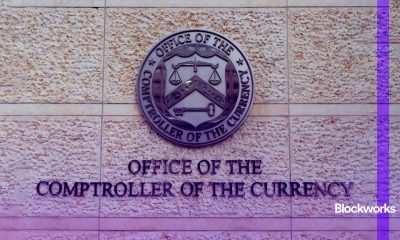
 Cryptocurrency7 days ago
Cryptocurrency7 days agoStripe’s stablecoin biz seeks national bank trust charter – Crypto News
-
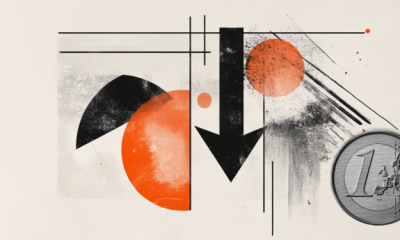
 others1 week ago
others1 week agoEUR/JPY retreats as Euro slides on French political uncertainty – Crypto News
-
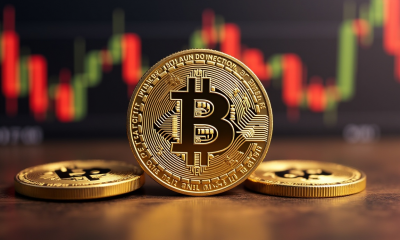
 Cryptocurrency1 week ago
Cryptocurrency1 week agoWhy Bitcoin could rebound up to 21% this week: experts explain – Crypto News
-

 Metaverse1 week ago
Metaverse1 week agohuman intelligence for artificial minds – Crypto News
-
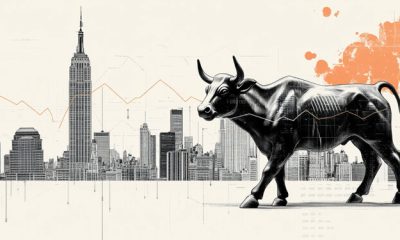
 others1 week ago
others1 week agoWhich way out of the range – Crypto News
-

 others1 week ago
others1 week agoChina’s Commerce Ministry urges US to correct its wrong practices as soon as possible – Crypto News
-
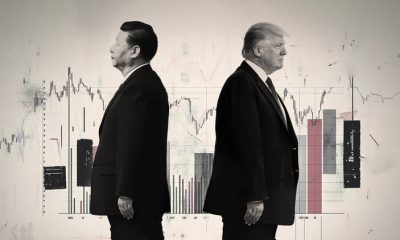
 others1 week ago
others1 week agoTrump’s tariff threat pushes US Dollar below 99 amid trade tensions – Crypto News
-
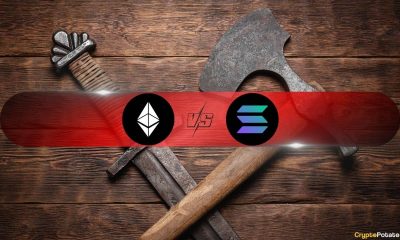
 Cryptocurrency1 week ago
Cryptocurrency1 week agoHow Solana Overtook Ethereum’s Early Growth Curve – Crypto News
-
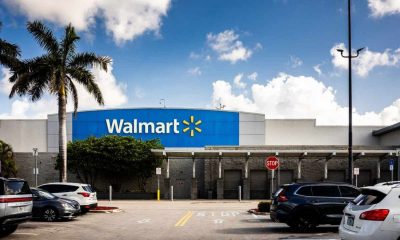
 Metaverse1 week ago
Metaverse1 week agoWalmart teams with OpenAI for ChatGPT purchases. The retailer is ‘ahead of the curve’. – Crypto News
-
others1 week ago
Binance Founder CZ Addresses BNB’s Recent Strong Price Performance, Says It Has No Market Makers – Crypto News
-
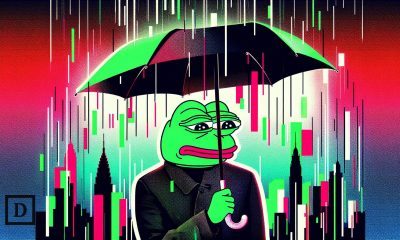
 De-fi1 week ago
De-fi1 week agoDeFi Withstands Stress Test as Market Mayhem Wipes Out Nearly $20B – Crypto News
-
Technology1 week ago
Fed’s Anna Paulson Backs Rate Cuts, Downplays Trump Tariff Impact – Crypto News
-
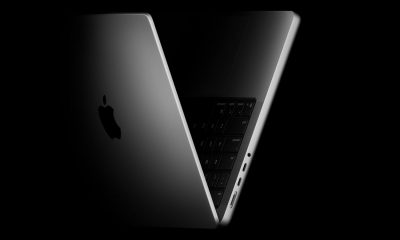
 Technology7 days ago
Technology7 days agoApple launches MacBook Pro 14-inch with M5 chip in India, price starts at ₹1,69,900 – Crypto News
-

 Cryptocurrency1 week ago
Cryptocurrency1 week agoDecoding WLFI’s meltdown – Can a $7mln buyback undo a $190mln dump? – Crypto News
-

 Blockchain1 week ago
Blockchain1 week agoHow to Use ChatGPT to Discover Hidden Crypto Gems – Crypto News
-
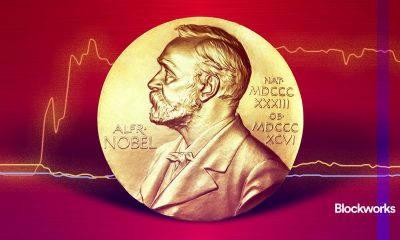
 Cryptocurrency1 week ago
Cryptocurrency1 week agoPolymarket bets trigger Nobel leak probe in Norway – Crypto News
-
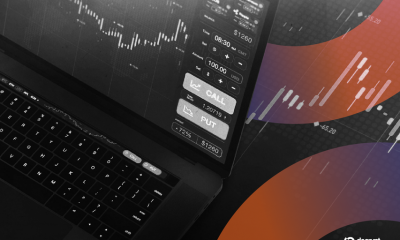
 Cryptocurrency1 week ago
Cryptocurrency1 week agoHow Crypto Traders Are Positioning Following ‘Black-Friday’s’ Crash – Crypto News
-
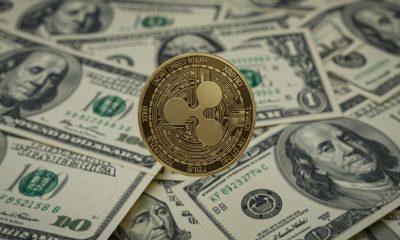
 Cryptocurrency1 week ago
Cryptocurrency1 week agoIs It Good to Invest in Ripple Now? – Crypto News
-
others1 week ago
Crypto Market Braces for Volatility Ahead of Key U.S. Economic Events This Week – Crypto News
-
Technology1 week ago
XRP Price Crashes as Whales Dump 2.23B Tokens — Is $2 the Next Stop? – Crypto News
-
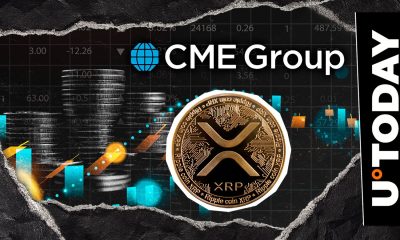
 Cryptocurrency1 week ago
Cryptocurrency1 week ago$23 Billion XRP Milestone Spotlighted by CME Group: Details – Crypto News
-
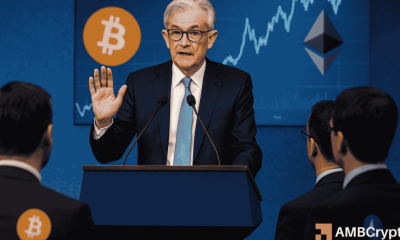
 Cryptocurrency1 week ago
Cryptocurrency1 week agoPowell speech steadies crypto market: Fed hints at slower balance-sheet runoff – Crypto News
-
Business1 week ago
Pro Says Ethereum Price is a Buy Despite Rising Liquidations and BlackRock Selling – Crypto News
-
Business1 week ago
Pro Says Ethereum Price is a Buy Despite Rising Liquidations and BlackRock Selling – Crypto News
-

 Technology1 week ago
Technology1 week agoHow to create 90’s retro-style Diwali AI portraits with Google Gemini Nano: 50 Viral prompts to try – Crypto News
-
Business1 week ago
Crypto Market Recovery: BTC, ETH, XRP, DOGE Surge 4-12% As Expert Sees V-Shape Upside – Crypto News
-
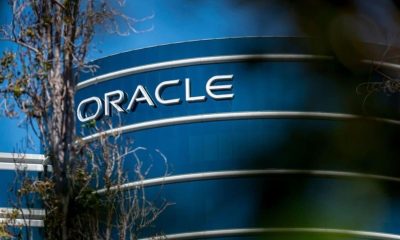
 Technology1 week ago
Technology1 week agoAMD strengthens AI push: Oracle to deploy 50,000 MI450 AI chips in data centers starting 2026 – Crypto News
-
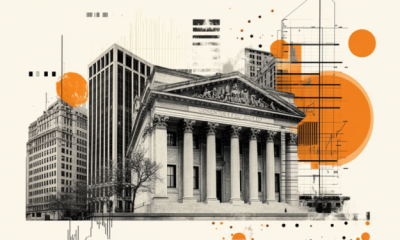
 others1 week ago
others1 week agoSeems ‘prudent’ to cut rates further given lower inflation risks – Crypto News
-
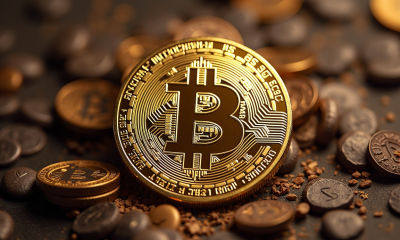
 Cryptocurrency1 week ago
Cryptocurrency1 week agoBeyond Bitcoin: How Asia’s new crypto playbook is breaking from the west – Crypto News
-

 Metaverse1 week ago
Metaverse1 week ago‘Erotica for verified adults’: OpenAI to allow mature content on ChatGPT; Sam Altman vows to treat adults like adults – Crypto News
-
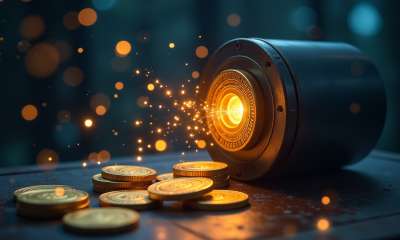
 Cryptocurrency1 week ago
Cryptocurrency1 week agoCelestia price reclaims $1 after crash to $0.27: TIA forecast – Crypto News
-

 Metaverse6 days ago
Metaverse6 days agoChatGPT ‘adult model’ plan: OpenAI’s Sam Altman reacts to criticism, says ‘not elected moral police’ – Crypto News
-

 Cryptocurrency5 days ago
Cryptocurrency5 days agoCrypto markets turn red after Trump threatens to halt cooking oil imports from China – Crypto News
-
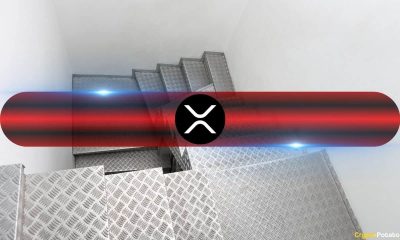
 Cryptocurrency4 days ago
Cryptocurrency4 days agoIs Wave 5 Still Coming or a New Bull Trend Emerging? – Crypto News
-

 Technology1 week ago
Technology1 week agoGemini Nano Banana model now generates and edits images inside Google apps: How it works – Crypto News
-
![Car Group Limited – CAR Elliott Wave technical analysis [Video]](https://dripp.zone/news/wp-content/uploads/2025/05/Car-Group-Limited-–-CAR-Elliott-Wave-technical-analysis-Video-400x240.jpg)
![Car Group Limited – CAR Elliott Wave technical analysis [Video]](https://dripp.zone/news/wp-content/uploads/2025/05/Car-Group-Limited-–-CAR-Elliott-Wave-technical-analysis-Video-80x80.jpg) others1 week ago
others1 week agoSamsara Inc. (IOT) laps the stock market: Here’s why – Crypto News
-
others1 week ago
Four Meme and BNB Partner on $45M ‘Rebirth Support’ Airdrop, First Batch Set to Begin – Crypto News
-
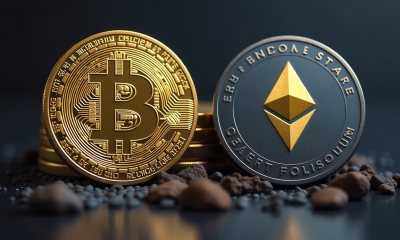
 Cryptocurrency1 week ago
Cryptocurrency1 week agoBitcoin, Ethereum rebound following ‘largest single-day wipeout in crypto history’ – Crypto News
-
Business1 week ago
Nasdaq-Listed Webus Adopts XRP in New Tokenized Reward Platform, Eyes $20B Loyalty Market – Crypto News
-
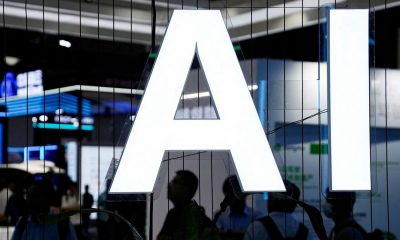
 Metaverse1 week ago
Metaverse1 week agoMint Explainer | Why Big Tech is rushing to build AI data centres across India – Crypto News
-

 Metaverse7 days ago
Metaverse7 days agoTech is valued as if AI is the next smartphone. It isn’t. – Crypto News
-
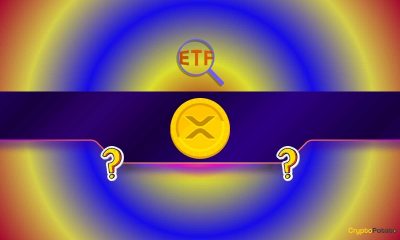
 Cryptocurrency7 days ago
Cryptocurrency7 days agoWhy Are These Ripple (XRP) ETF Filings the Worst Idea Ever? Analyst Explains – Crypto News
-
Business6 days ago
Pi Coin Price Gears for Recovery as DEX and AMM Launch Revives Utility Hopes – Crypto News
-
Business6 days ago
Dogecoin Gets Major Utility Boost as Trump-Linked Thumzup Prepares DOGE Payments – Crypto News
-
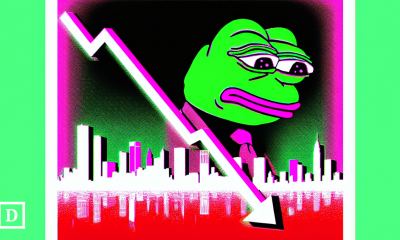
 De-fi6 days ago
De-fi6 days agoCrypto Market Slides for Second Day as Bitcoin Dips Amid Geopolitical Tensions – Crypto News
-
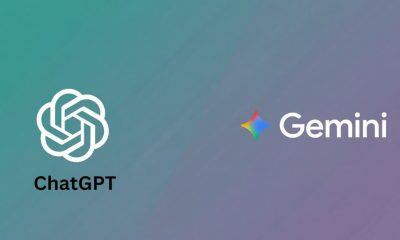
 Technology3 days ago
Technology3 days agoChatGPT remains the most popular chatbot globally but Google’s Gemini is catching up fast – Crypto News
-

 De-fi1 week ago
De-fi1 week agoAave V4 Looks to Turn Fragmented Liquidity into DeFi’s OS, Developers Say – Crypto News
-
Business1 week ago
Saylor Hints at New Bitcoin Buy After Friday’s Crypto Crash – Crypto News



